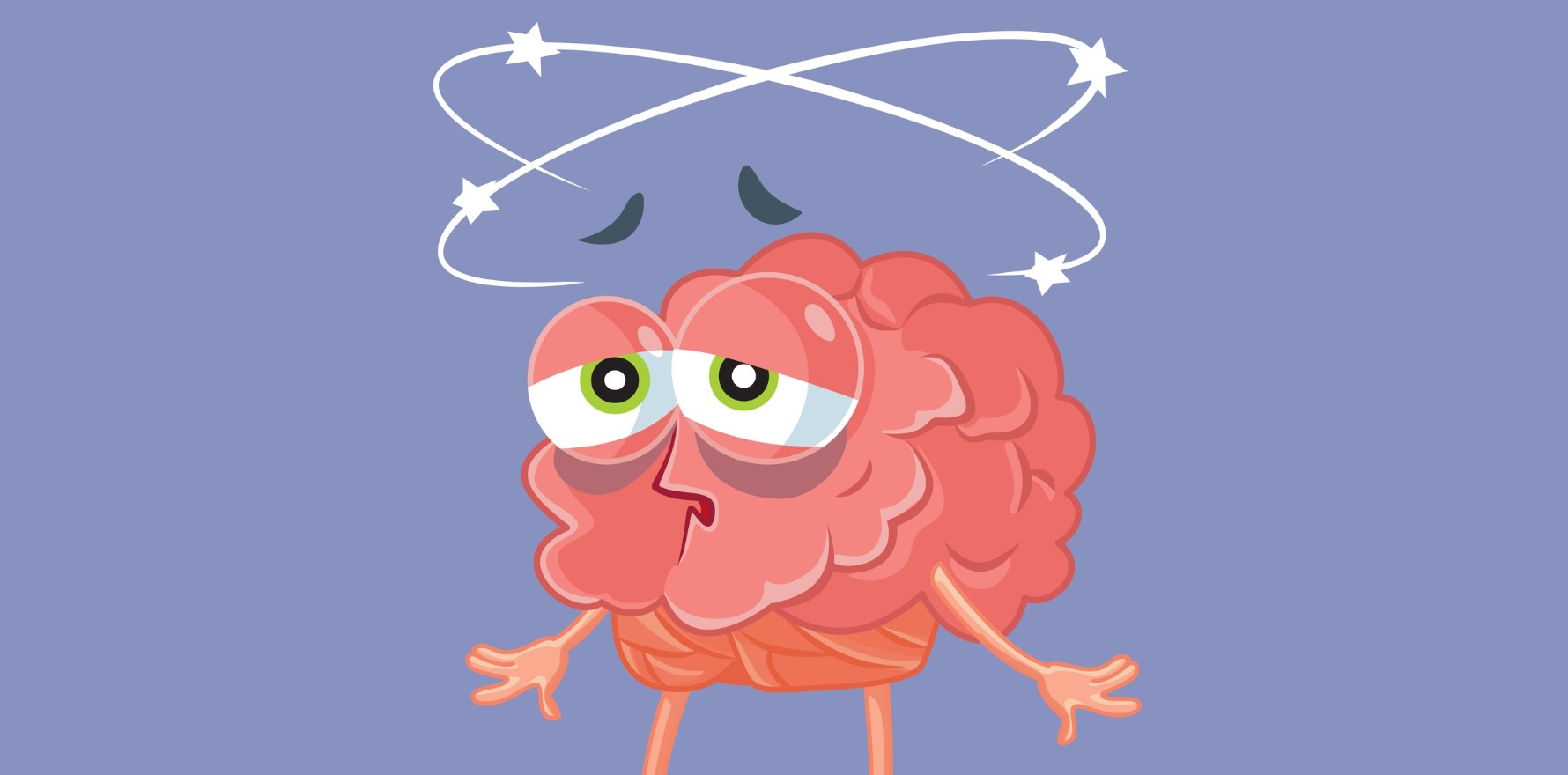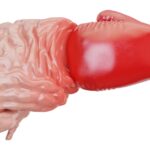A long-awaited Senate report into head trauma has taken the sporting codes to task over CTE, but stops short of mandating change.
General practice could be in the running for a new item number covering longer consults for people with concussion and repeated head trauma, as a new report into sports and brain injury zeroes in on chronic traumatic encephalopathy (CTE).
It also took the bold step of recommending that peak sporting bodies be at least partially responsible for funding new research into the rare dementia.
One of the 13 recommendations to come out of the final report from the Community Affairs References Committee’s inquiry into concussions and repeated head trauma in contact sports, released yesterday, specifically tackles the role of GPs in managing concussion.
The committee recommended that the government consider how best to address calls for the development of standardised, evidence-based, and easy-to-access concussion and head trauma guideline for GPs, as well as “suitable general practice consultations” for people with concussion.
Almost to the word, this mirrors a recommendation made by the RACGP in its written submission to the inquiry.
The RACGP’s recommendation was more specific in that it explicitly stated that better funding for long consults were what was required to adequately assess and manage patients with complex care needs.
“Given that GPs are often one of the first points of contact for both community and professional sportspeople with a suspected concussion, the committee considers that any measures that would help support GPs and other medical professionals to appropriately manage and assess these injuries are essential,” the inquiry report said.
“The committee also recognises that the RACGP has particular expertise in this area.”
Professor Mark Morgan, chair of the RACGP quality care expert committee, told the inquiry that given GPs will only see a patient with a traumatic brain injury once a year, having rapid access to relevant information and knowing where to look to for it was more appropriate than mandating additional GP training.
Dr Rowena Mobbs, a neurologist who treats patients with suspected CTE, welcomed the report findings, including the lead recommendation to establish a national sports injury database.
“This will bring the best evidence to the issue rather than the inherent bias of sporting organisations conducting their own research and providing their own evidence,” she told The Medical Republic.
“This will … hold our future athletes in good stead.”
If the government follows through on all the recommendations, she said, Australia has the potential to be the world leader in sport safety.
One of the more significant findings of the inquiry was that there is “clear evidence of a causal link between repeated head trauma and concussions and subsequent neurodegenerative diseases such as CTE”.
While the committee acknowledged that the evidence of a link is unlikely to reach “100% certainty”, it said that the various unknowns in relation to the degree of causation and nature of long-term impacts should not be used to undermine the fundamental nature of that link.
That the committee would take this position is notable, given that Australian sporting associations and related medical bodies have long played down the connection.
As recently as June of this year, the Concussion in Sport Group – whose membership includes doctors who formerly worked for Cricket Australia, the Australian Football League, the US Soccer Federation and the National Collegiate Athletics Association – released an international consensus statement that did not acknowledge the link between concussion and CTE.
Neurophysiologist and CTE researcher Professor Alan Pearce told TMR that the government’s recognition of the causal link was a positive step.
“It’s good to have that acknowledgement, given … that the Senate inquiry [didn’t] just interview people from different perspectives, but also looked at the published science as well,” Professor Pearce said.
“For them to come to that conclusion is really great.”
Other key recommendations were that national sporting organisations “explore further rule modifications” in an attempt to reduce repeated head trauma and that the government “consider developing a national strategy” on concussion that would include binding return-to-play protocols.
Professor Pearce said that while the recommendations were solid, he was disappointed by the vague wording.
“We know that the sports will come back and say, ‘Well, we’ve already considered rule modifications for children, we’re already making the sport non-contact in rugby for up to eight years of age and Australian football up to 10 years of age,’” he said.
“But in a lot of [CTE] cases we’re seeing, the person that we’re analysing might have started playing at [full contact] at 10.”
The inquiry also concluded that continued research on the link between CTE and concussion is urgent and appeared to reject the notion put forward by representatives of sporting bodies that brain banks are biased.
Instead, it recommended that the government take every opportunity to support the ongoing work of brain banks – good news for researchers like Professor Pearce, who works with the Australian Sports Brain Bank studying the donated brains of athletes.
In a separate section of the report reserved for her commentary, Independent Senator Lidia Thorpe said she held concerns about the research integrity and conflicts of interest in concussion research.
“This situation is partially founded in a culture where certain concussion researchers, some of whom are highly criticised for their research methodology and maintain a close connection to the sporting codes, are the ones being engaged for research or winning tenders time and again, while other reputable researchers struggle to get any contracts,” she said.
Professor Pearce said he had directly observed this phenomenon, where the same researchers – often those more closely affiliated with sporting bodies – win grants time and time again.
“I think part of it that wasn’t talked about [in the body of the report] really was some of the bullying that was going on [in the research sector], which I experienced myself,” he said.
Both Senator Thorpe and Professor Pearce criticised the report for recommending that sporting bodies should be at least partially responsible for financing future research into CTE while at the same time admitting that research funded by sporting bodies had an inherent conflict of interest.
The release of the concussion report coincided with a report from the Australian Institute of Health and Welfare which claimed that participation in sport saved the Australian health system $320 million each year.
“Physical activity has physical and psychological benefits for individuals which can in turn benefit the health system by reducing the need for people to receive treatment for illness and injuries,” said AIHW spokesman Dr Heather Swanston.
The report, Economics of sport and physical activity participation and injury, was funded by the Australian Sports Commission.





